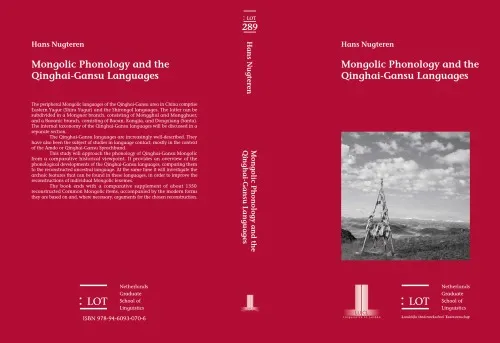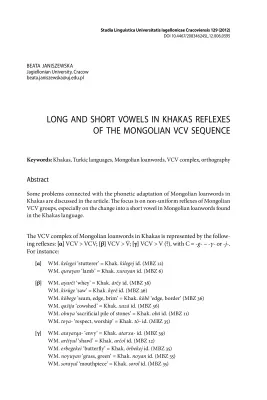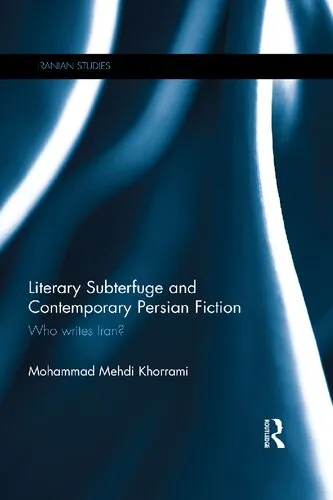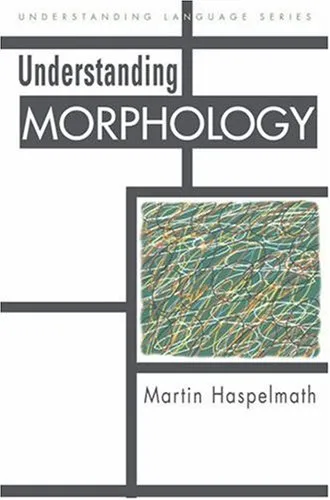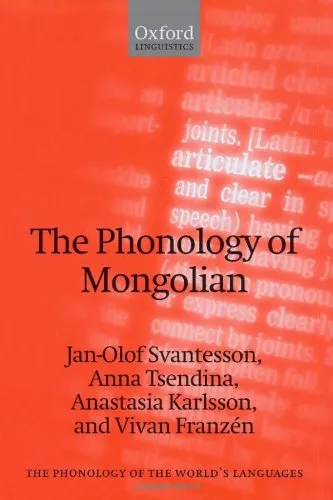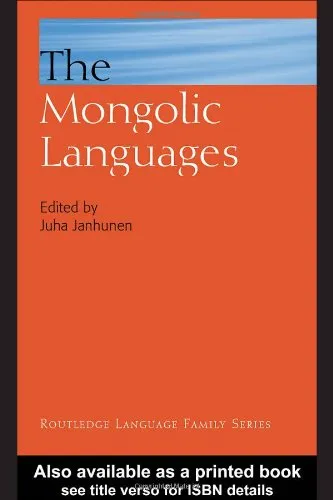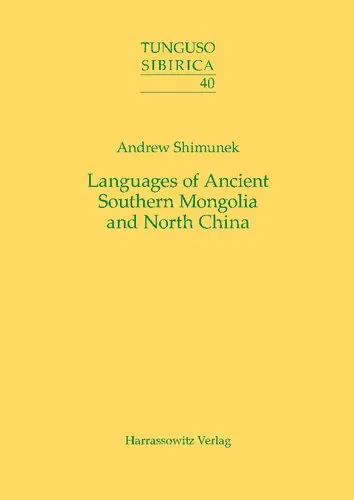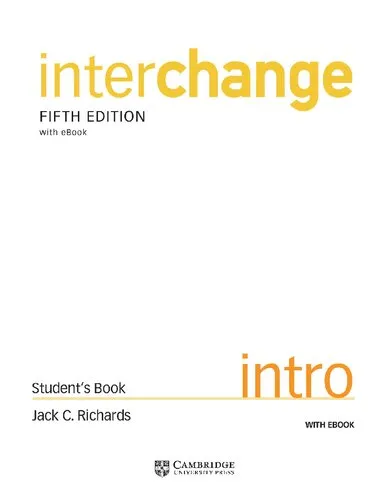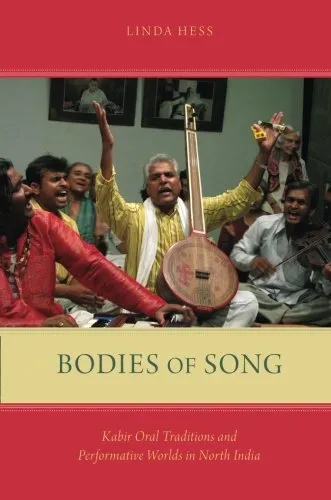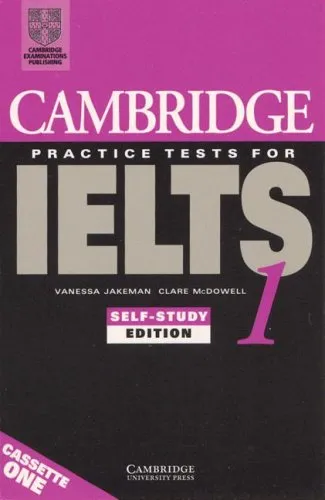Mongolic Phonology and the Qinghai-Gansu Languages
4.0
Reviews from our users

You Can Ask your questions from this book's AI after Login
Each download or ask from book AI costs 2 points. To earn more free points, please visit the Points Guide Page and complete some valuable actions.Related Refrences:
Introduction to Mongolic Phonology and the Qinghai-Gansu Languages
The book Mongolic Phonology and the Qinghai-Gansu Languages is a comprehensive, in-depth exploration of the phonological systems within the Mongolic language family, with a particular focus on the unique linguistic characteristics of the Qinghai-Gansu region. Written with precision and extensive research, the book delves into the intricacies of sound patterns, historical developments, and linguistic variation, offering an invaluable resource for linguists, researchers, and anyone captivated by the richness of human language.
Detailed Summary of the Book
The Mongolic languages are a small but remarkably diverse family spread across Central and East Asia. This book examines the intricate interplay of phonological rules, sound changes, and linguistic structures that differentiate the Qinghai-Gansu languages from the broader Mongolic family. The Qinghai-Gansu area, historically significant and geographically unique, has served as a melting pot of linguistic and cultural influences, making its dialects and subgroups a compelling subject of study.
One of the foundational discussions in the book is the relationship between the Proto-Mongolic language and its modern descendants. By reconstructing possible phonological systems, the book sheds light on the processes that have shaped the sounds of Mongolic languages over centuries. From vowel harmony to consonant systems, the detailed analysis of sound structures reveals both the unifying traits and the distinctive innovations within this language family.
Furthermore, the book dedicates significant space to Qinghai-Gansu languages, such as Santa (Dongxiang), Bonan, and Monguor (Tu), as well as other more obscure varieties. It explores how factors such as language contact, borrowing, and geographic isolation have influenced their evolution. The phonological intricacies of these languages are illustrated through plenty of examples and supported by a wide range of linguistic data.
Key Takeaways
- A thorough understanding of the phonological distinctions between Qinghai-Gansu languages and other Mongolic languages.
- Insights into the history and linguistic development of the Mongolic language family.
- Practical examples of phonological rules and sound shifts that have contributed to the diversification of the Mongolic languages.
- In-depth analysis of the impact of language contact and geographic factors on phonological change.
- A methodological approach to reconstructing Proto-Mongolic phonology based on evidence from modern languages.
- A deeper appreciation of the Qinghai-Gansu region’s linguistic diversity and its importance in understanding the Mongolic family.
Famous Quotes from the Book
"The Mongolic languages, though relatively small in their contemporary reach, encapsulate the complex interplay of history, geography, and cultural exchange in a way that few language families do."
"The Qinghai-Gansu corridor is not merely a region of contact; it is a linguistic laboratory where phonological rules blend, evolve, and sometimes redefine themselves."
"Reconstructing Proto-Mongolic is not just about piecing together an ancestral tongue; it is about understanding the very essence of linguistic change and adaptation."
Why This Book Matters
In an era where linguistic diversity is increasingly under threat, Mongolic Phonology and the Qinghai-Gansu Languages emerges as a critical academic contribution. By meticulously documenting and analyzing one of the smaller, often overlooked language families, the book highlights the importance of preserving endangered languages and their linguistic heritage.
Moreover, the book offers a fresh perspective on how languages adapt and evolve in response to external and internal pressures. Researchers interested in language contact, phonology, or historical linguistics will find this work invaluable for its methodological rigor and breadth of data.
Finally, this book matters because it bridges the gap between theoretical linguistics and the practical study of language diversity. It serves both as a reference for specialists and an accessible read for enthusiasts, making the story of the Mongolic languages and the Qinghai-Gansu region accessible to a broad audience. Language is a window to human history, and this book opens that window wide for anyone willing to look through it.
Free Direct Download
You Can Download this book after Login
Accessing books through legal platforms and public libraries not only supports the rights of authors and publishers but also contributes to the sustainability of reading culture. Before downloading, please take a moment to consider these options.
Find this book on other platforms:
WorldCat helps you find books in libraries worldwide.
See ratings, reviews, and discussions on Goodreads.
Find and buy rare or used books on AbeBooks.
1288
بازدید4.0
امتیاز0
نظر98%
رضایتReviews:
4.0
Based on 0 users review
Questions & Answers
Ask questions about this book or help others by answering
No questions yet. Be the first to ask!
